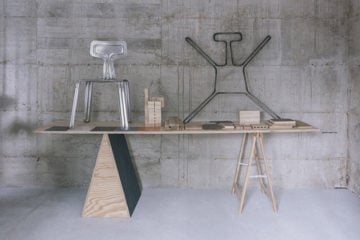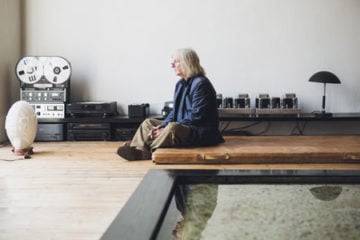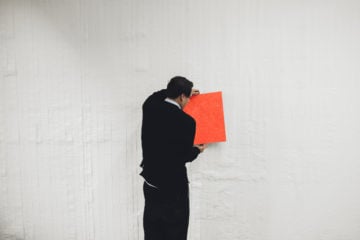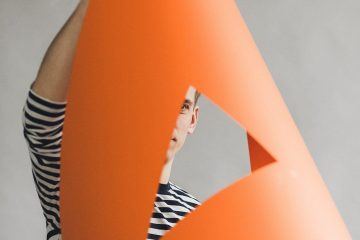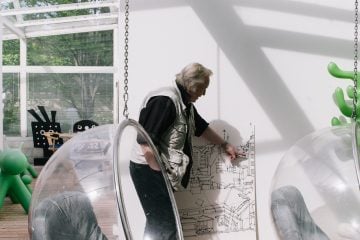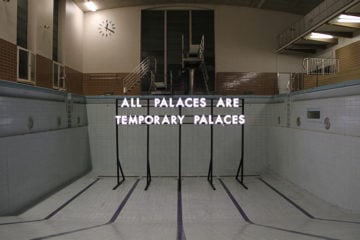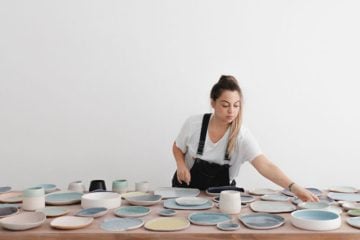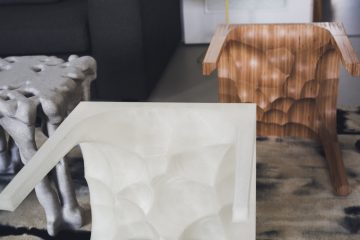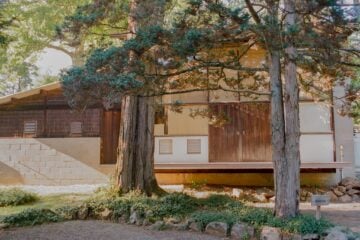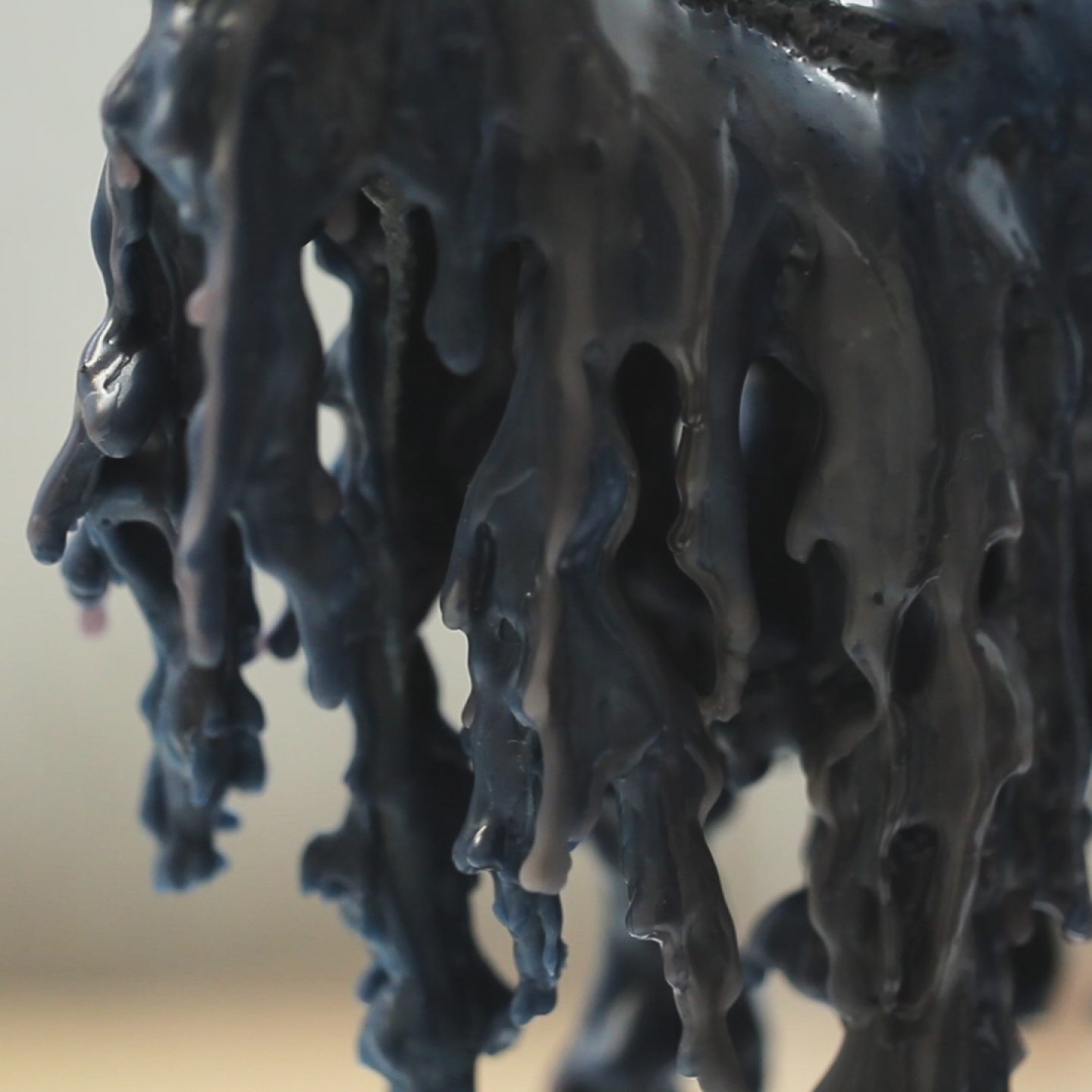
A Modern Take On Bronze Casting By Olivia Berckemeyer
- Name
- Olivia Berckemeyer
- Images
- Ana Santl
- Words
- Jessica Jungbauer
Bringing a modern twist to the ancient art of bronze casting, artist Olivia Berckemeyer creates delicate bronze sculptures that appear to flow in her studio in Berlin-Kreuzberg.
When we enter the space, we are greeted by a life-size lion figure made from wax—a work in progress that already weighs more than 100 kilos. Since Berckemeyer’s studio also functions as a showroom, many more already finished bronze sculptures are carefully displayed on black poles throughout the room; from handbags and horsemen to Berckemeyer’s best-known work to date: a series of eerie-looking sailing ships. We sat down with the artist to talk about the inspiration and process behind her intriguing bronze sculptures.
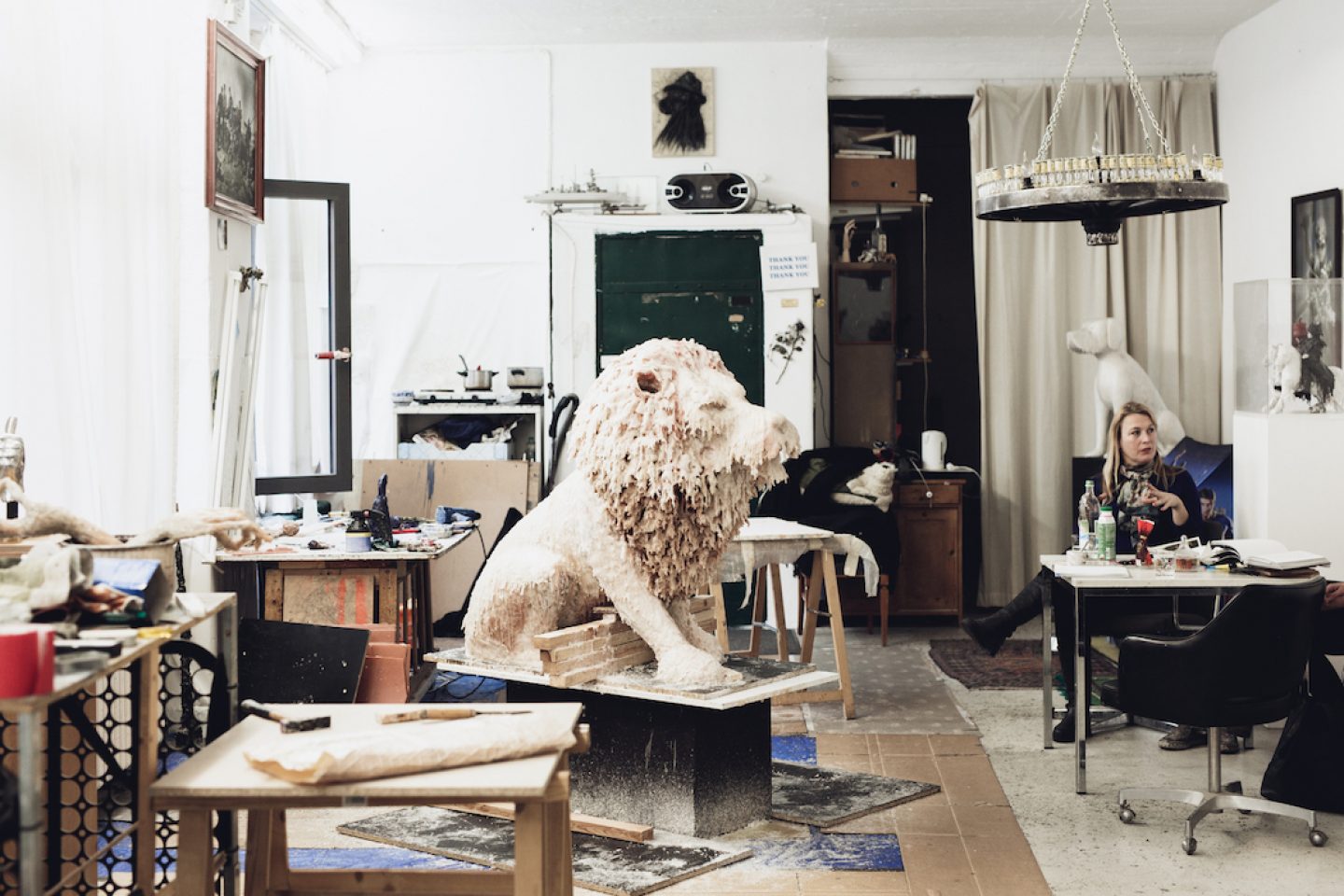
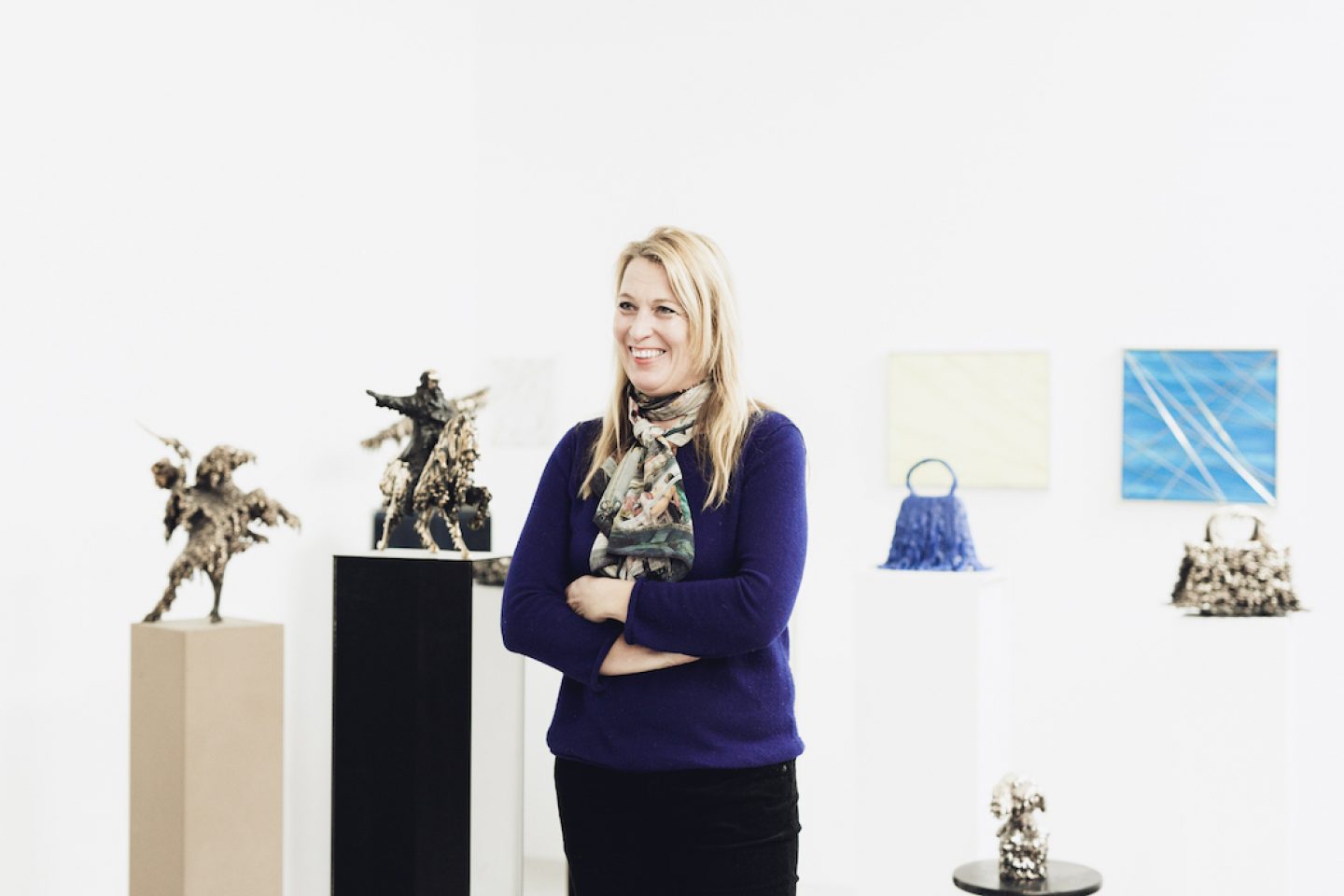
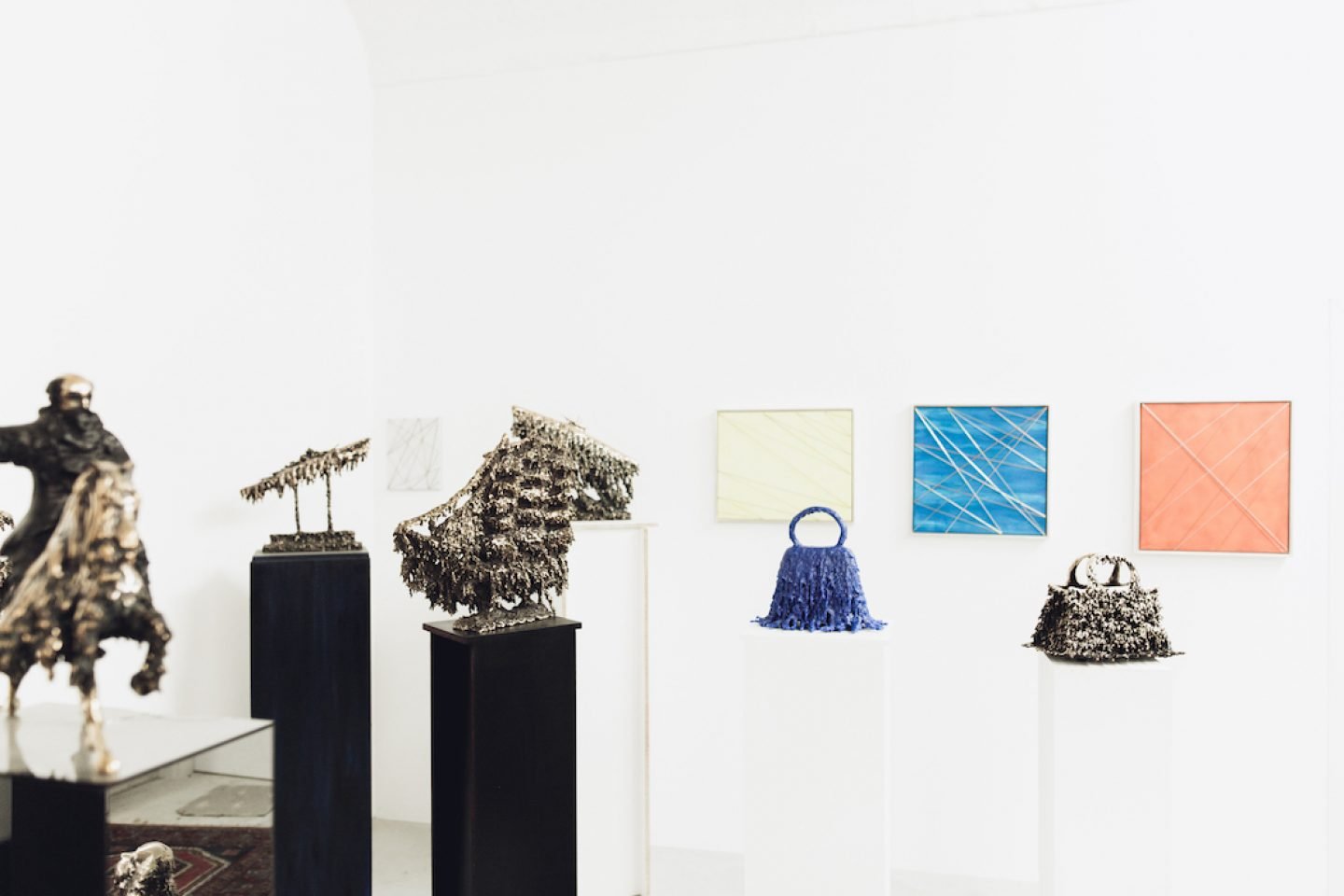
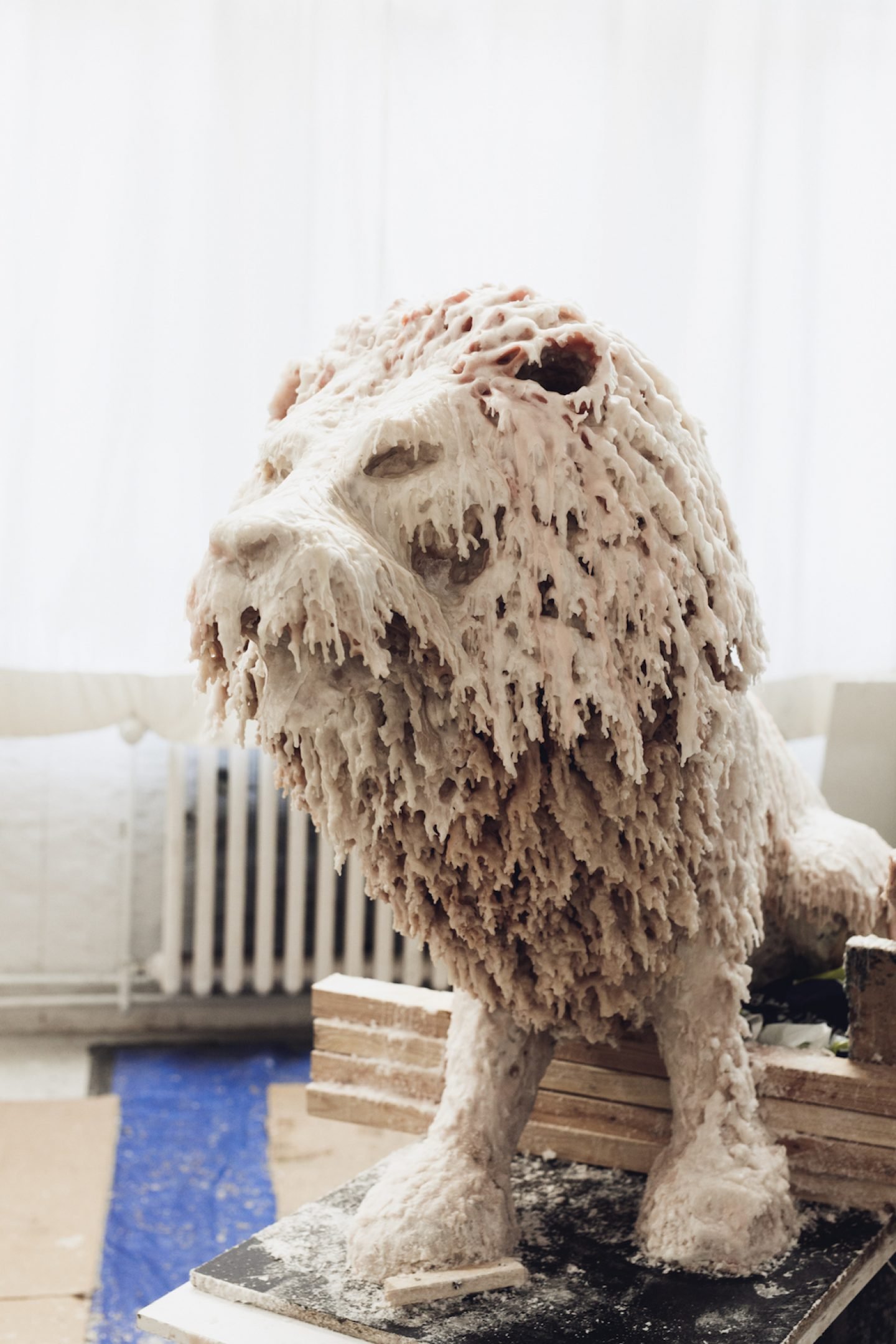
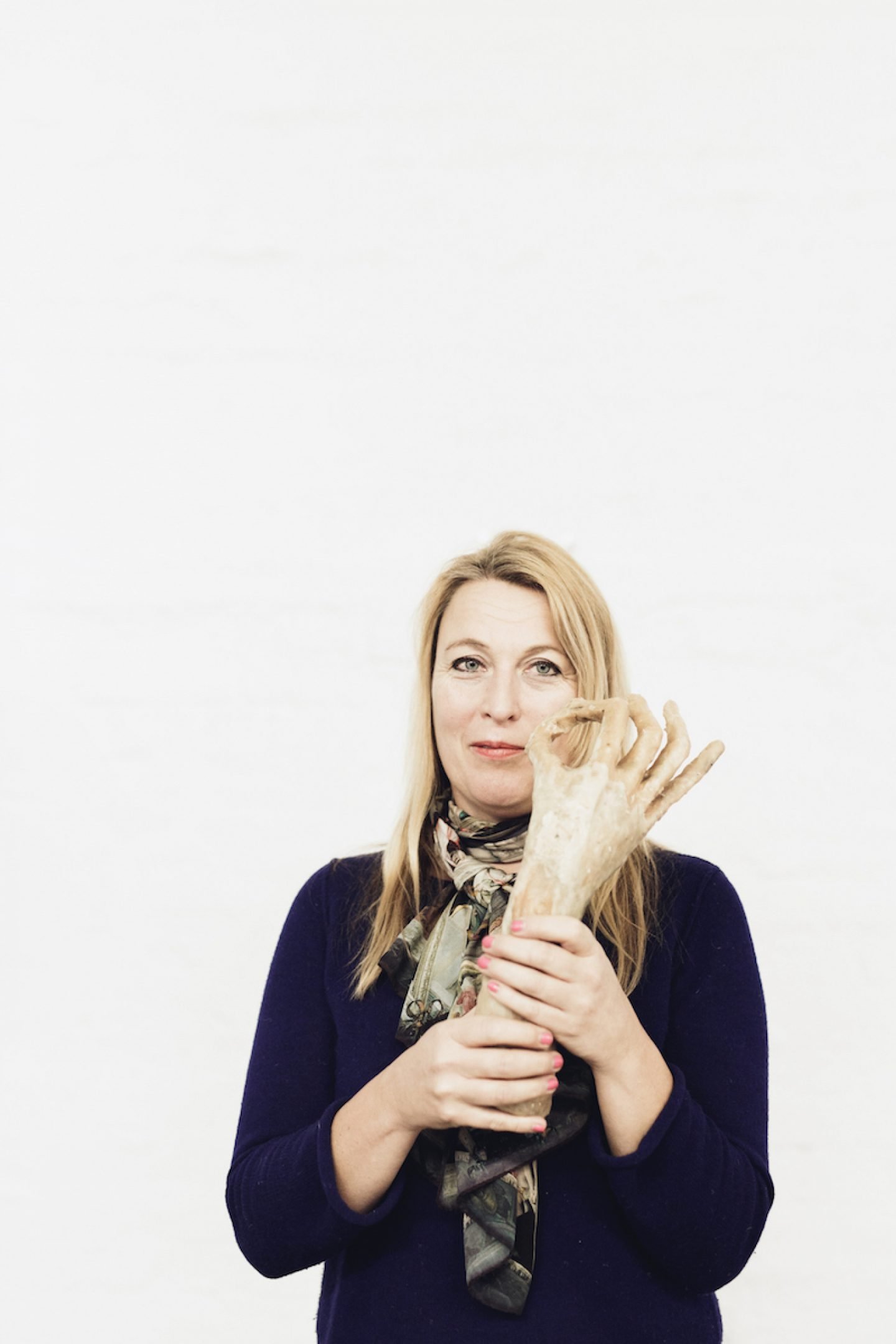
How did you end up specializing in the art of bronze sculpture creation?
“The great thing about bronze is that in my work, the material still has a flow to it.”I started with painting, but then after a while, I found it a bit too boring to be standing in front of a canvas all the time [laughs]. So I then worked with wax and made many installations, but of course they are difficult to transport. With such delicate pieces, parts can quickly break off. The great thing about bronze is that in my work, the material still has a flow to it. In general, bronze is considered as a static material with a representative function, like in ancient statuary. In my work, I let the bronze melt away so that it appears to be ephemeral. I always liked the scene in the film ‘Terminator’ where the characters made from liquid metal dissolve.
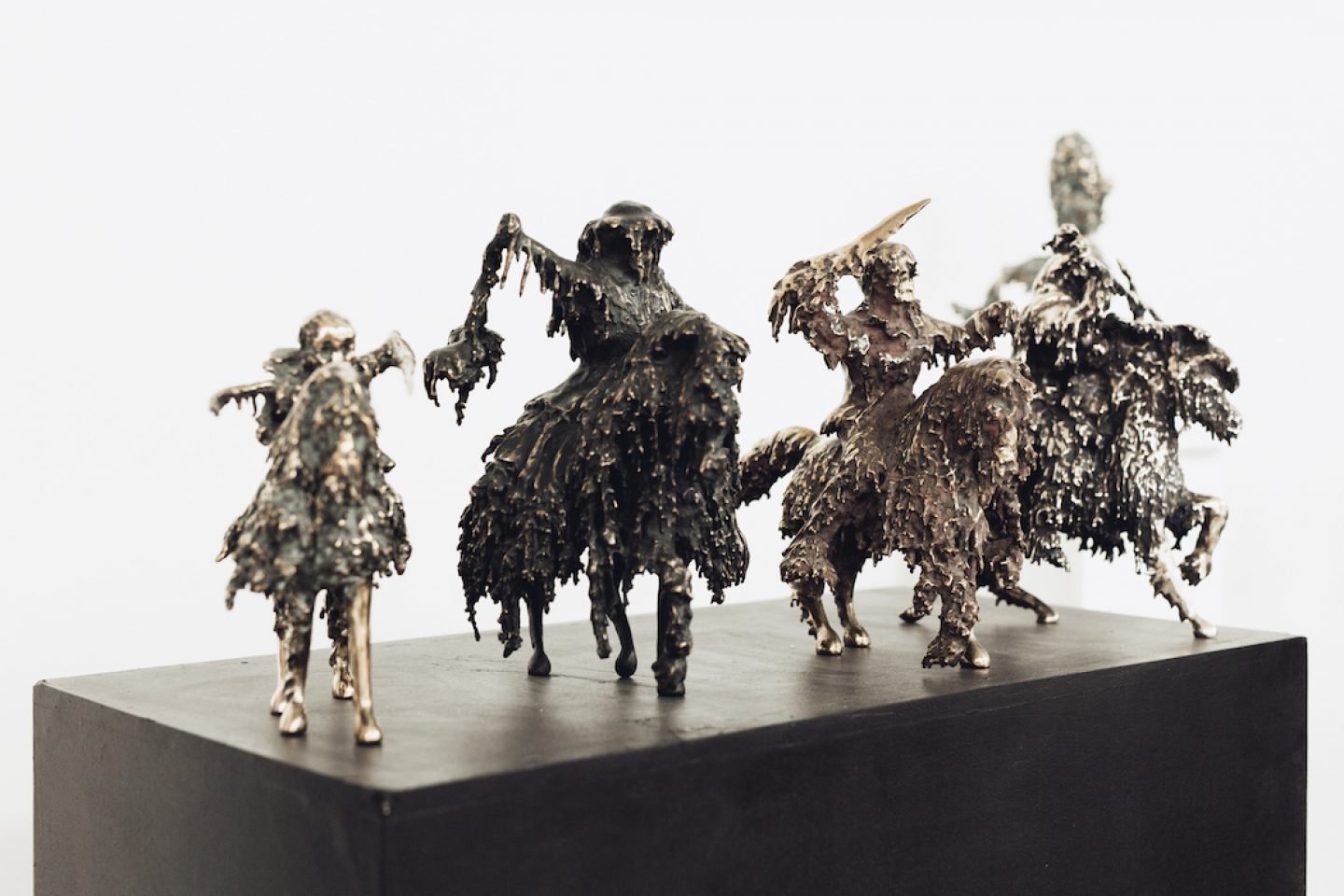
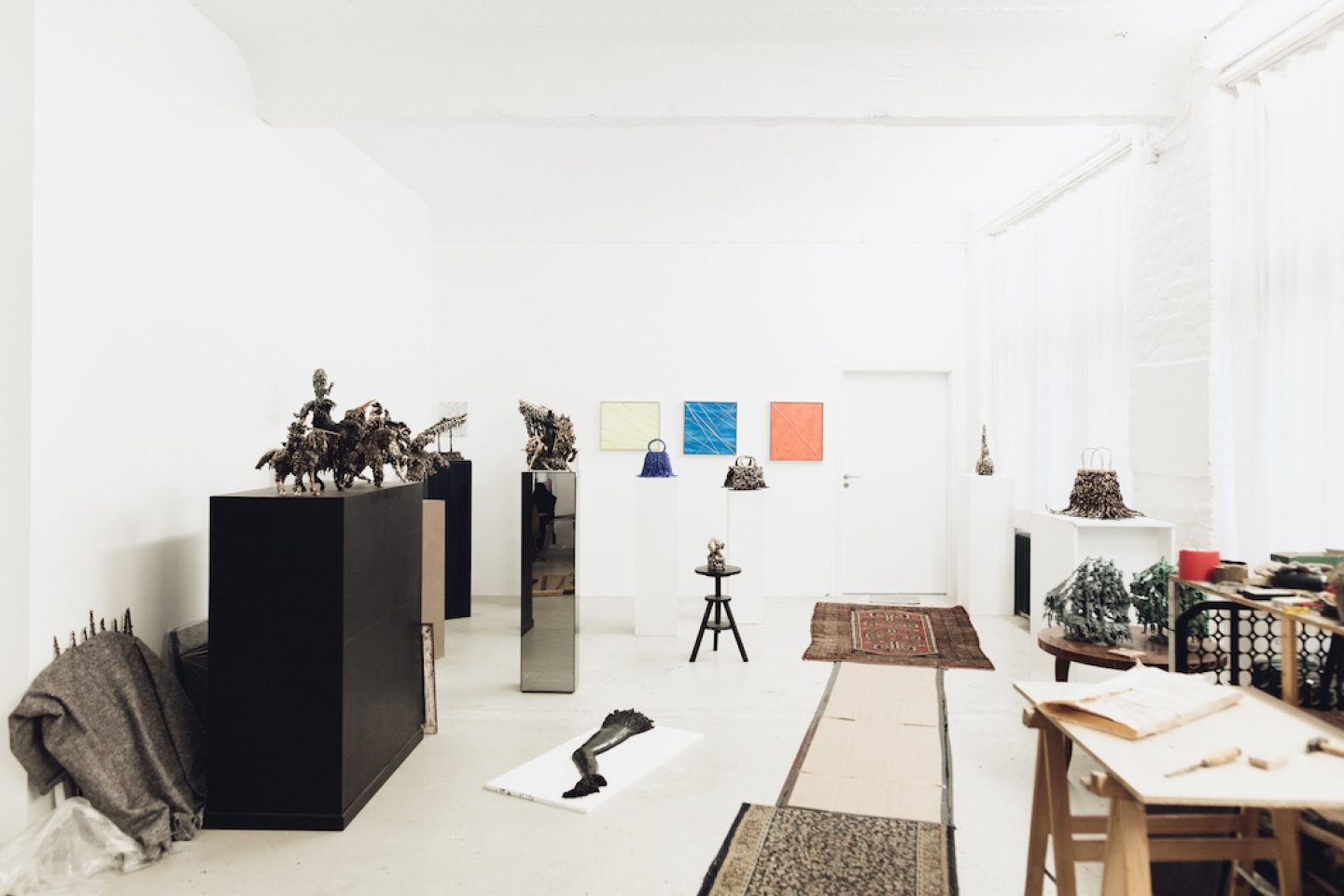
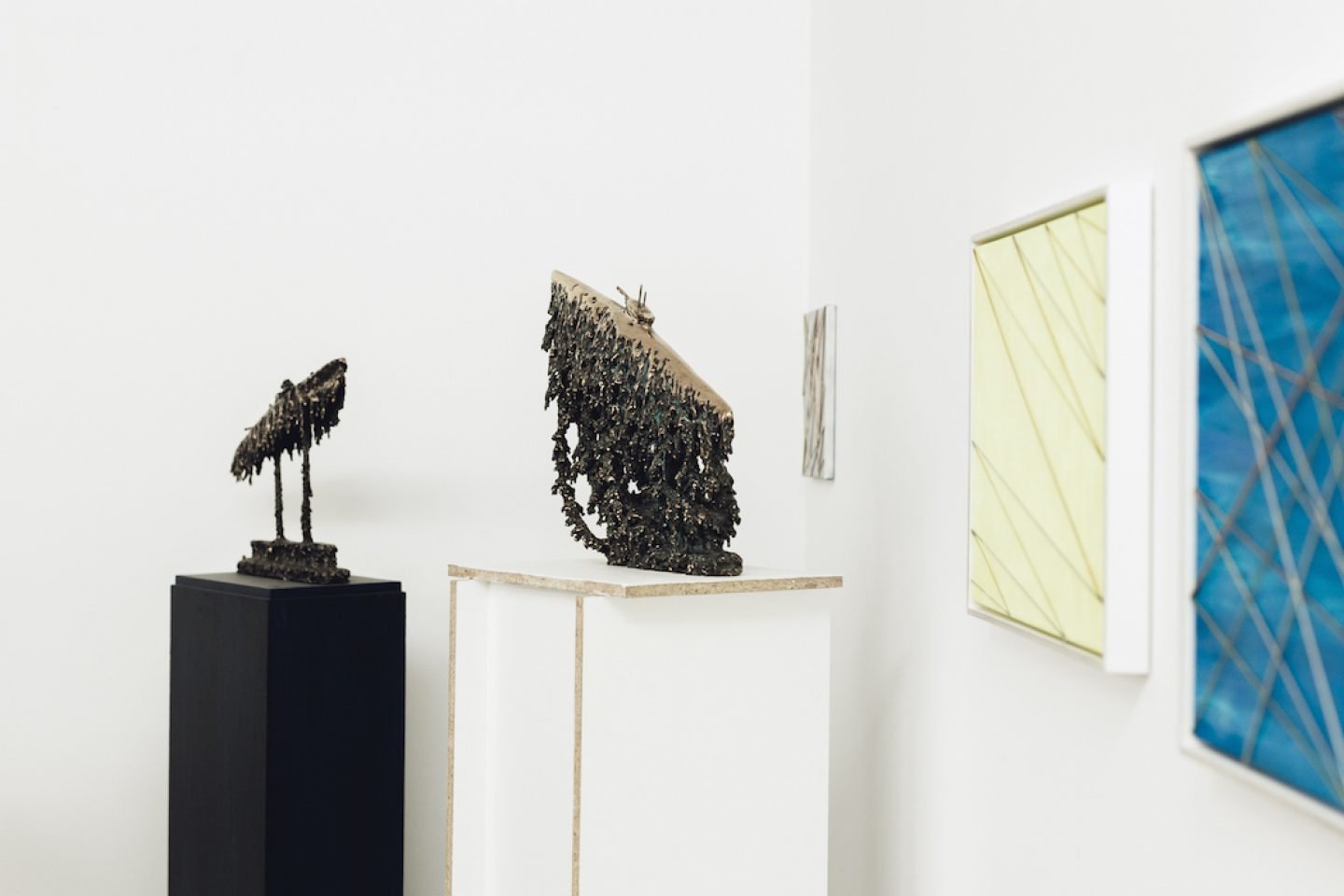
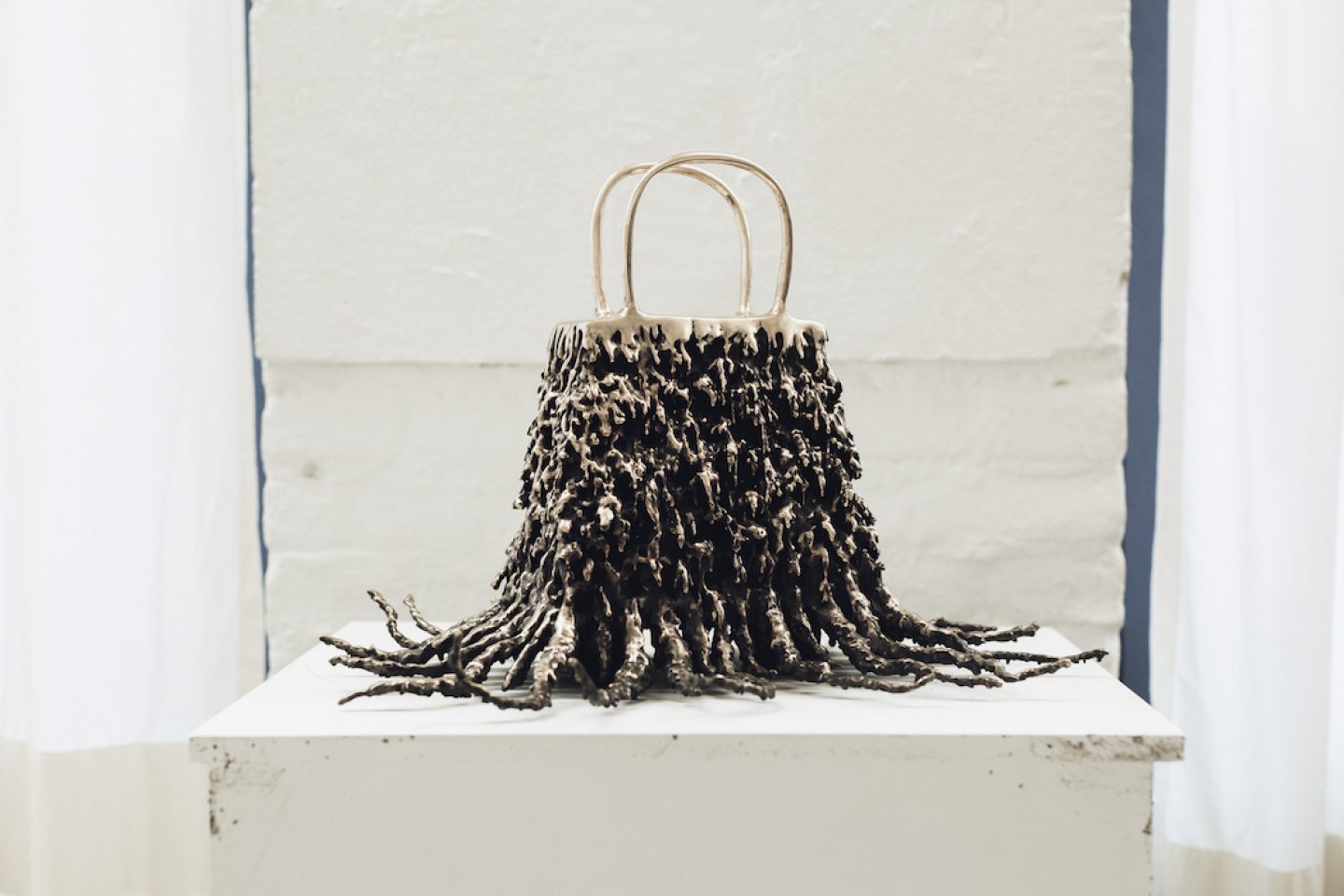
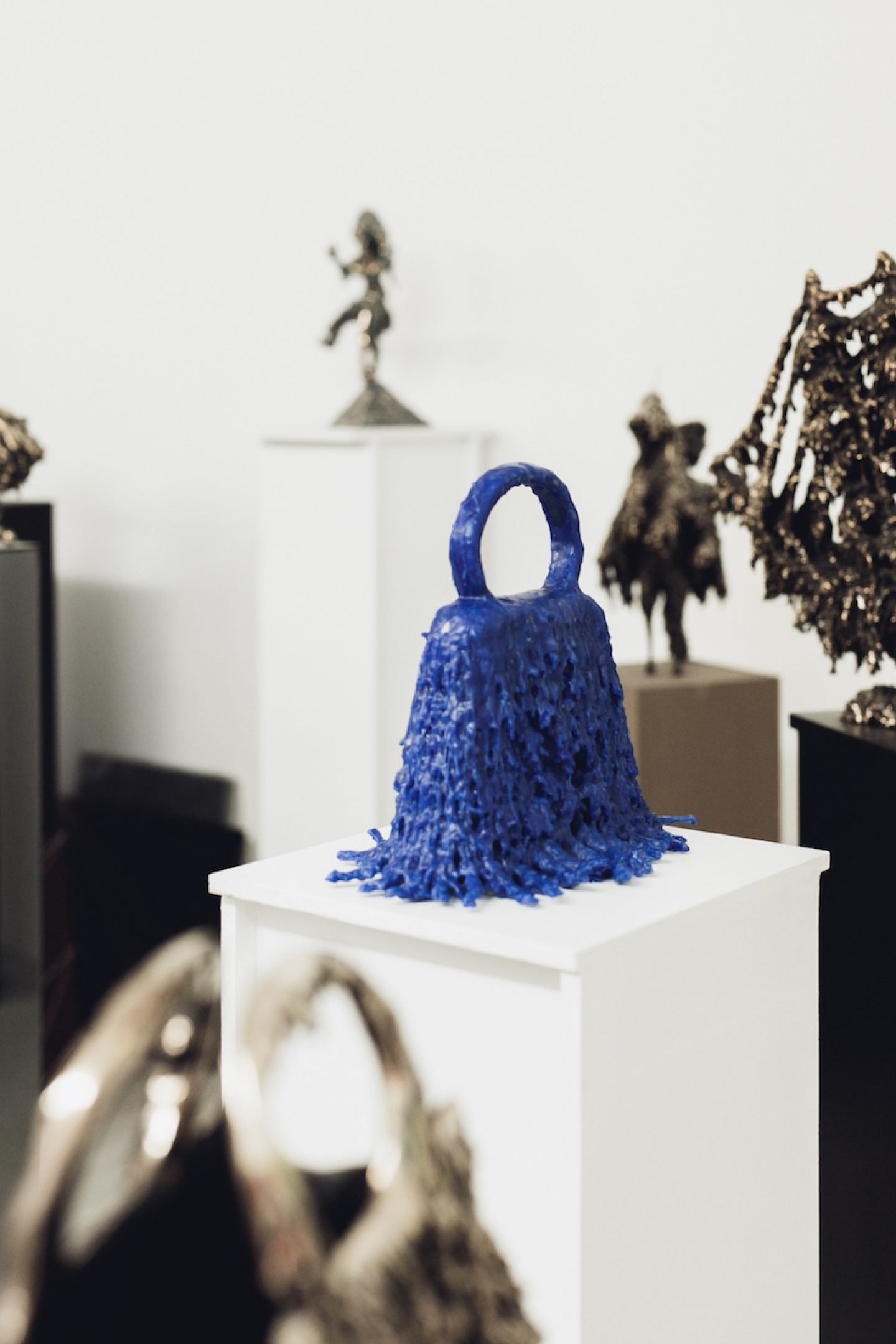
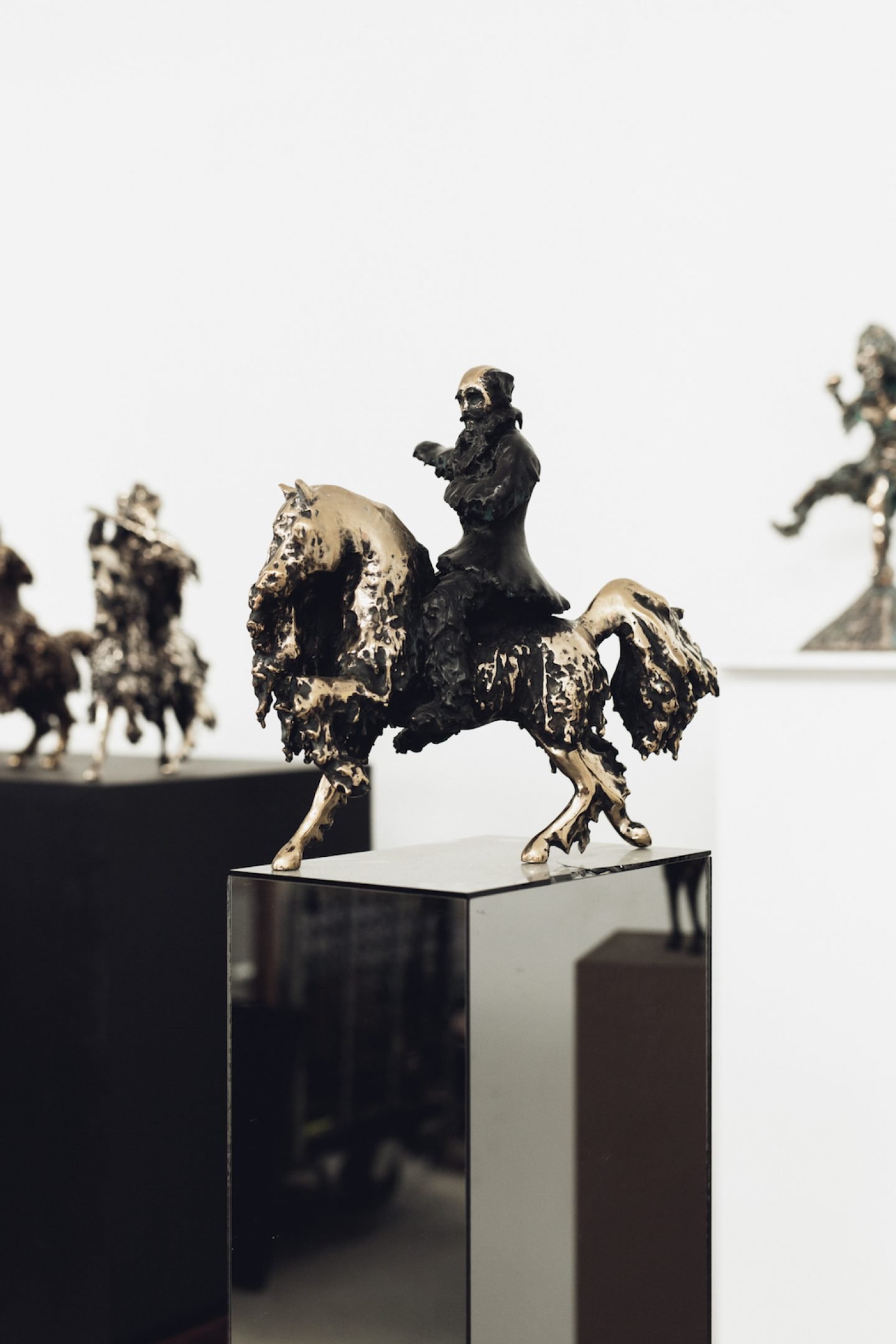
What is it about working with bronze that’s particularly special to you?
It’s practically a doubling of abstraction. For example, when you think about candle wax, you think about it as a fluid material anyway. But with metal, you can’t really imagine it in that way. Usually, bronze appears to be smooth, but it doesn’t have this dripping, moving element to it – and that’s what I find beautiful.
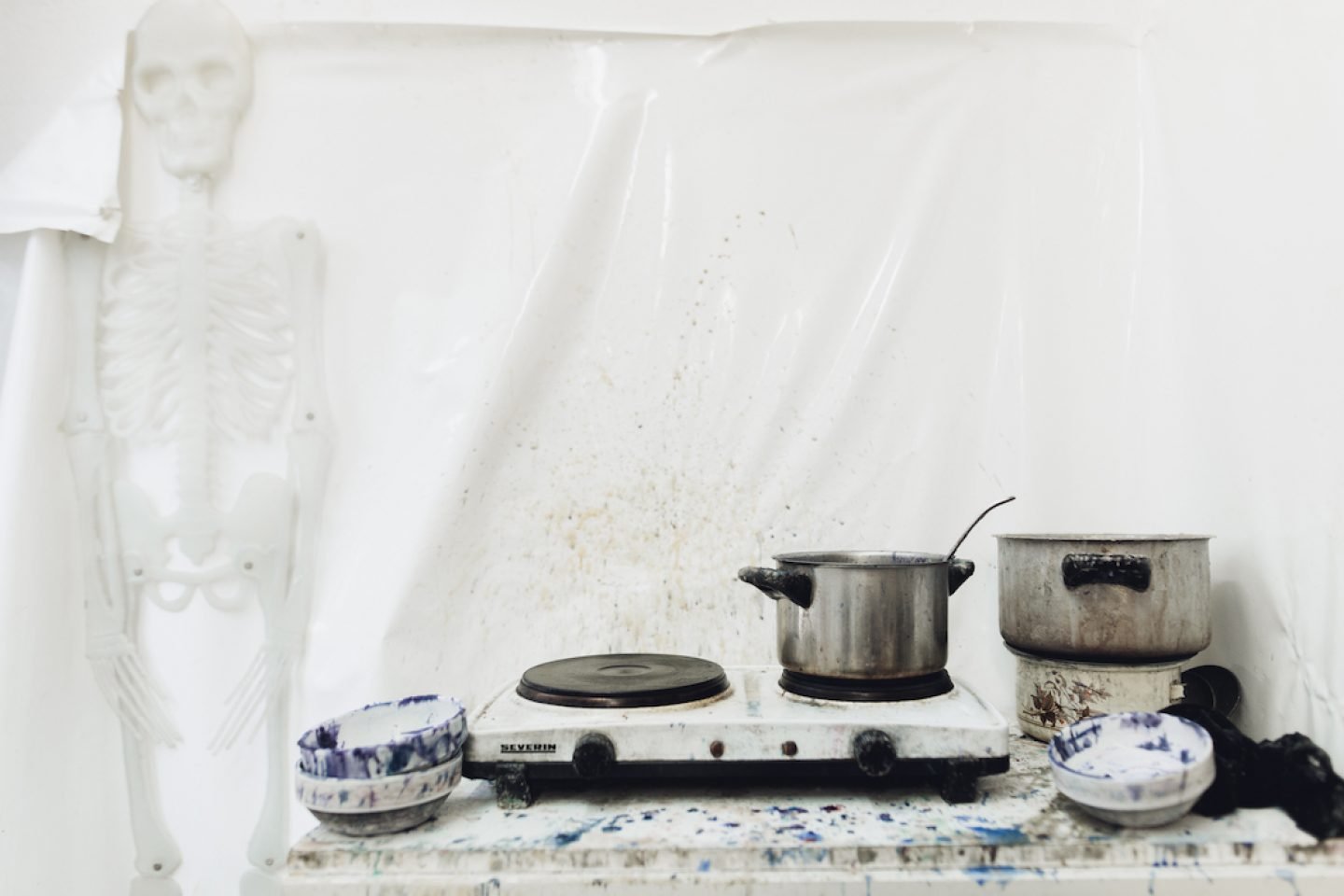
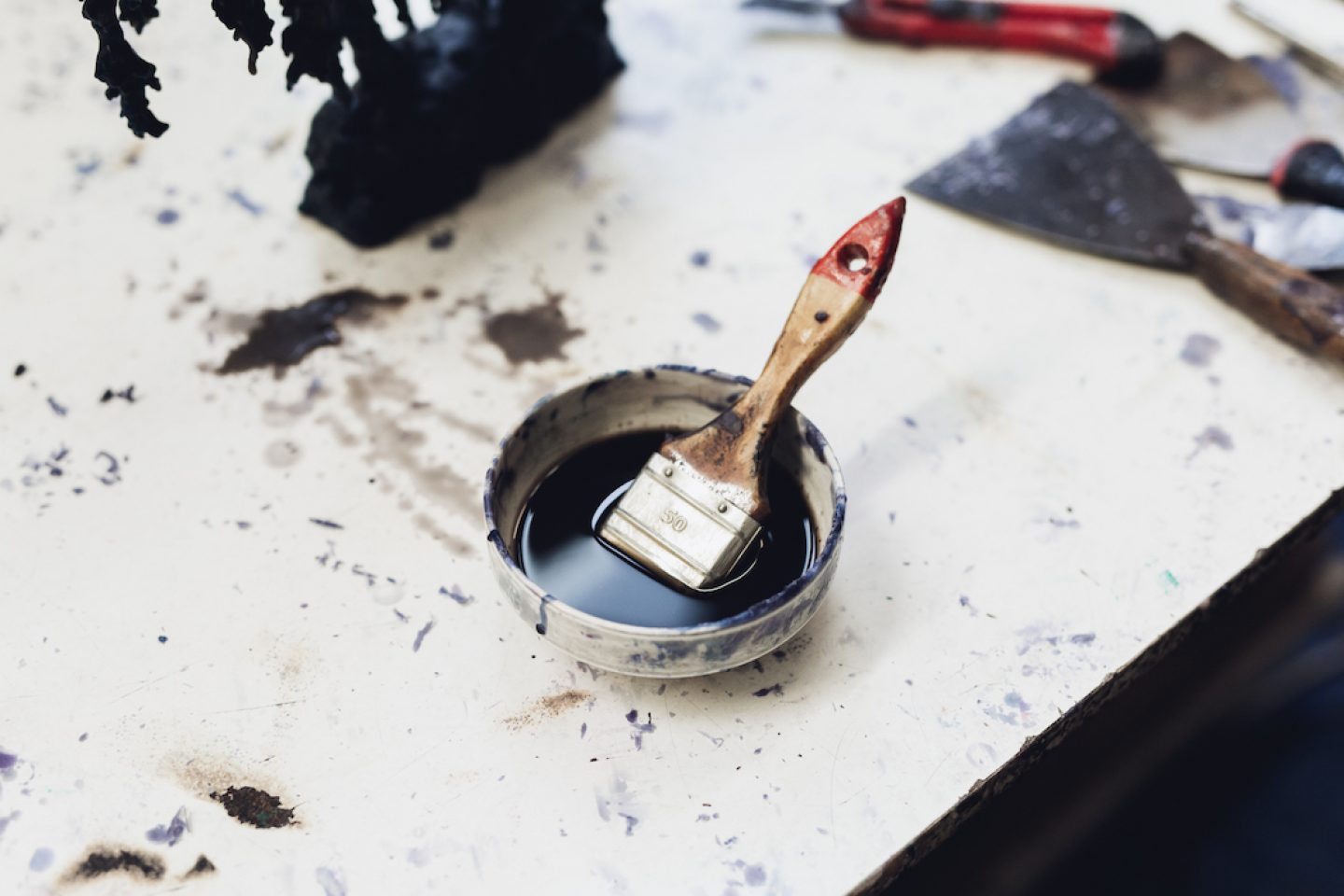
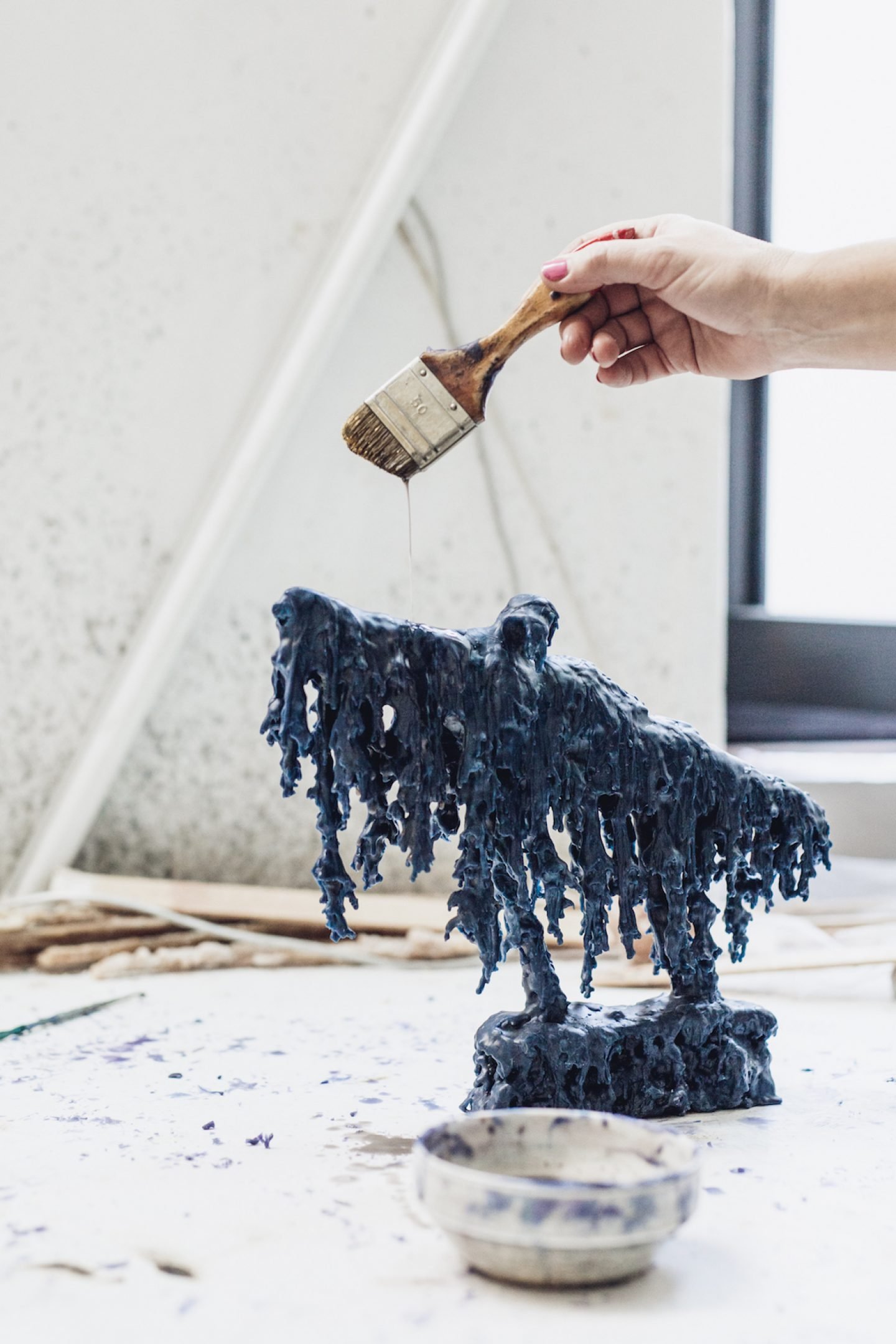
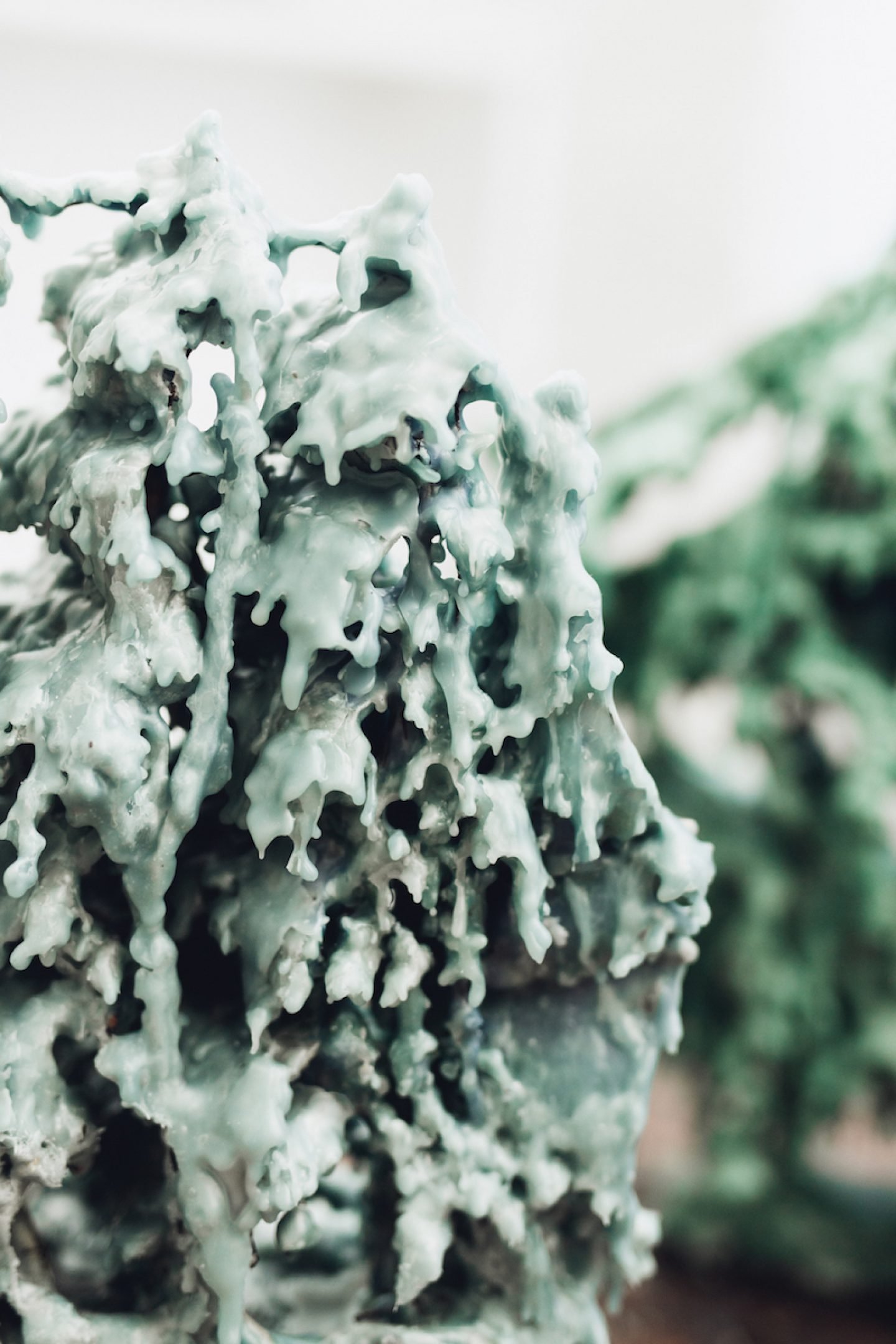
Can you please talk us through the process of bronze sculpting?
First, I build the figures out of wooden plates and rods, and then I gradually drizzle them with hot wax. Next, I take a variety of tools for cutting and shaping. I don’t do the bronze casting myself. For this, the wax figure is put into a sort of box, into which a soft plaster mixture is poured. Then this box stays in an oven for about a week until the plaster mixture gets solid. During this process, the wax overflows onto the sides of the box. The solid form then functions like a cavity, into which the hot bronze is poured. When the bronze has solidified, the mold is opened with a jackhammer, and the concrete chipped away. The figure will then be rinsed until the bronze appears. I then do the rework – like grinding and polishing – myself. The bronze is then ground from 40 to 1000 grit.
"When the bronze has solidified, the mold is opened with a jackhammer, and the concrete chipped away."
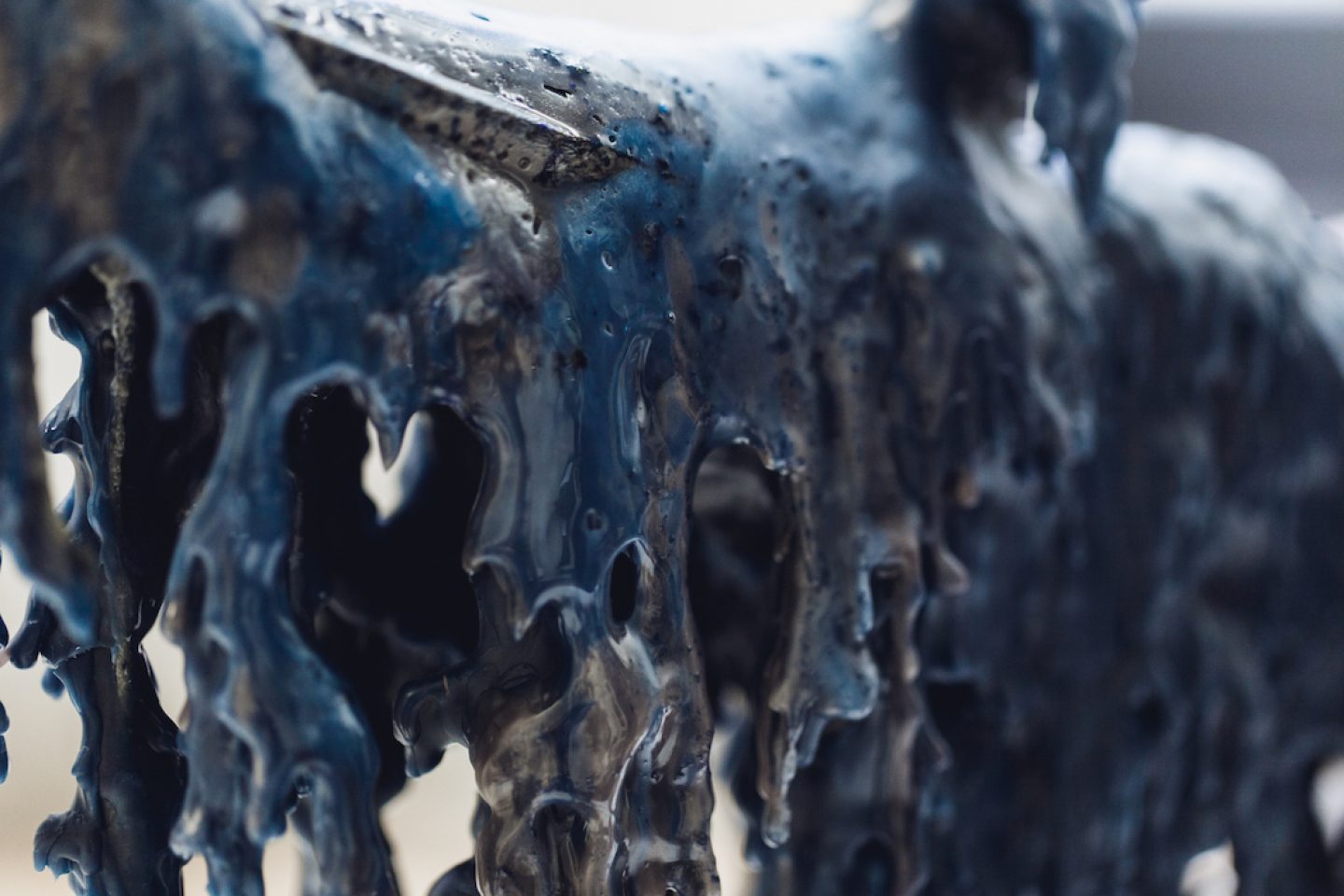
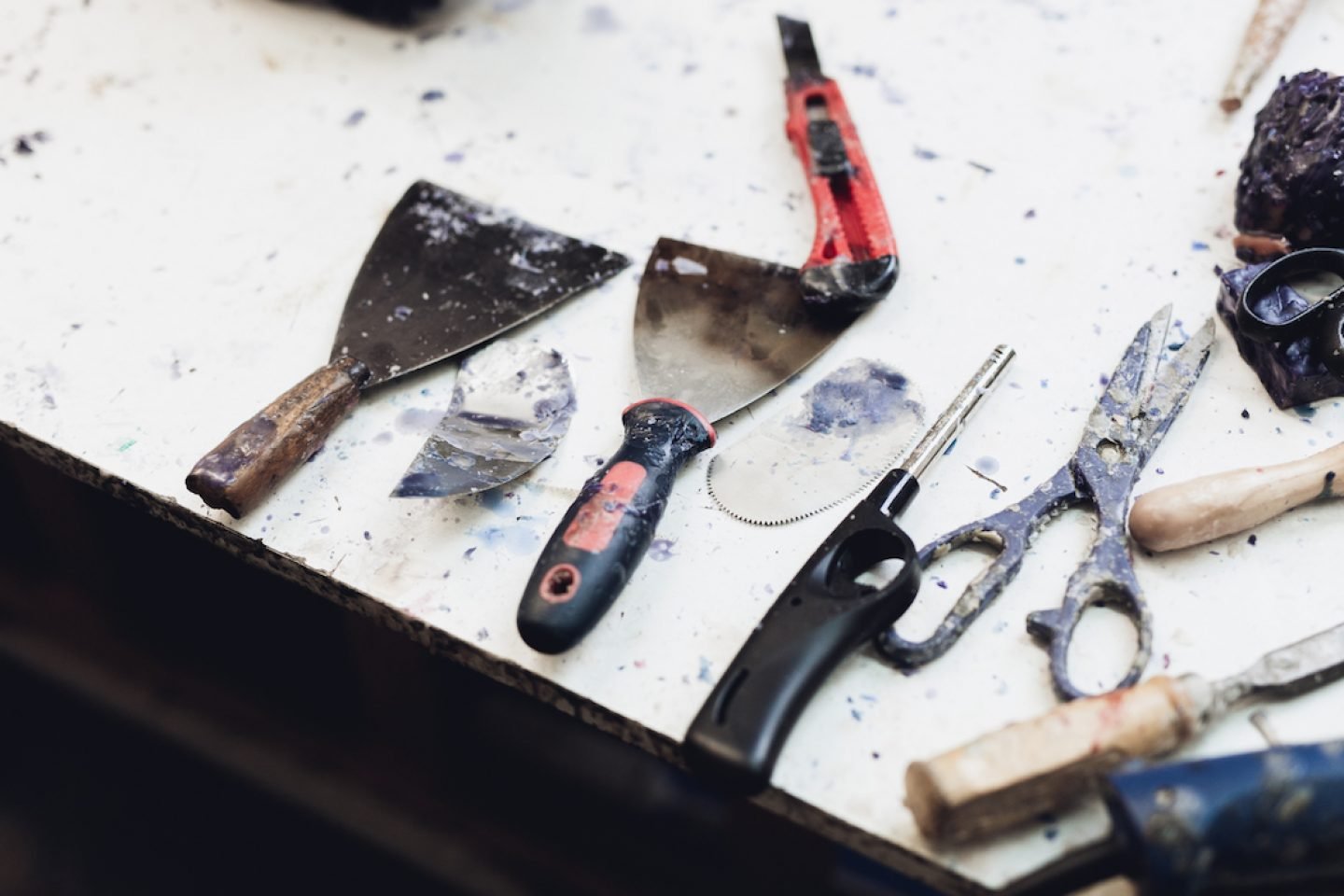
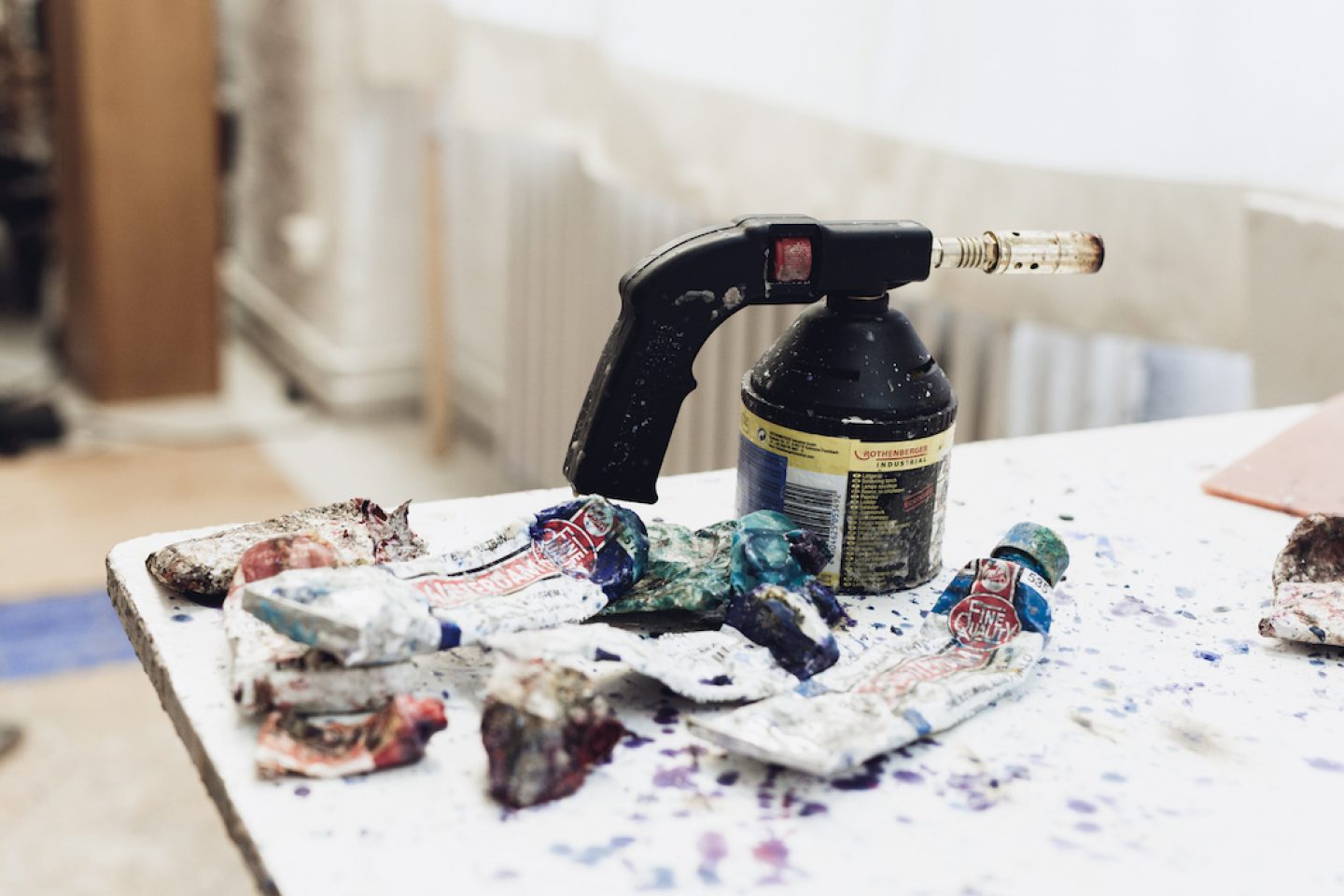
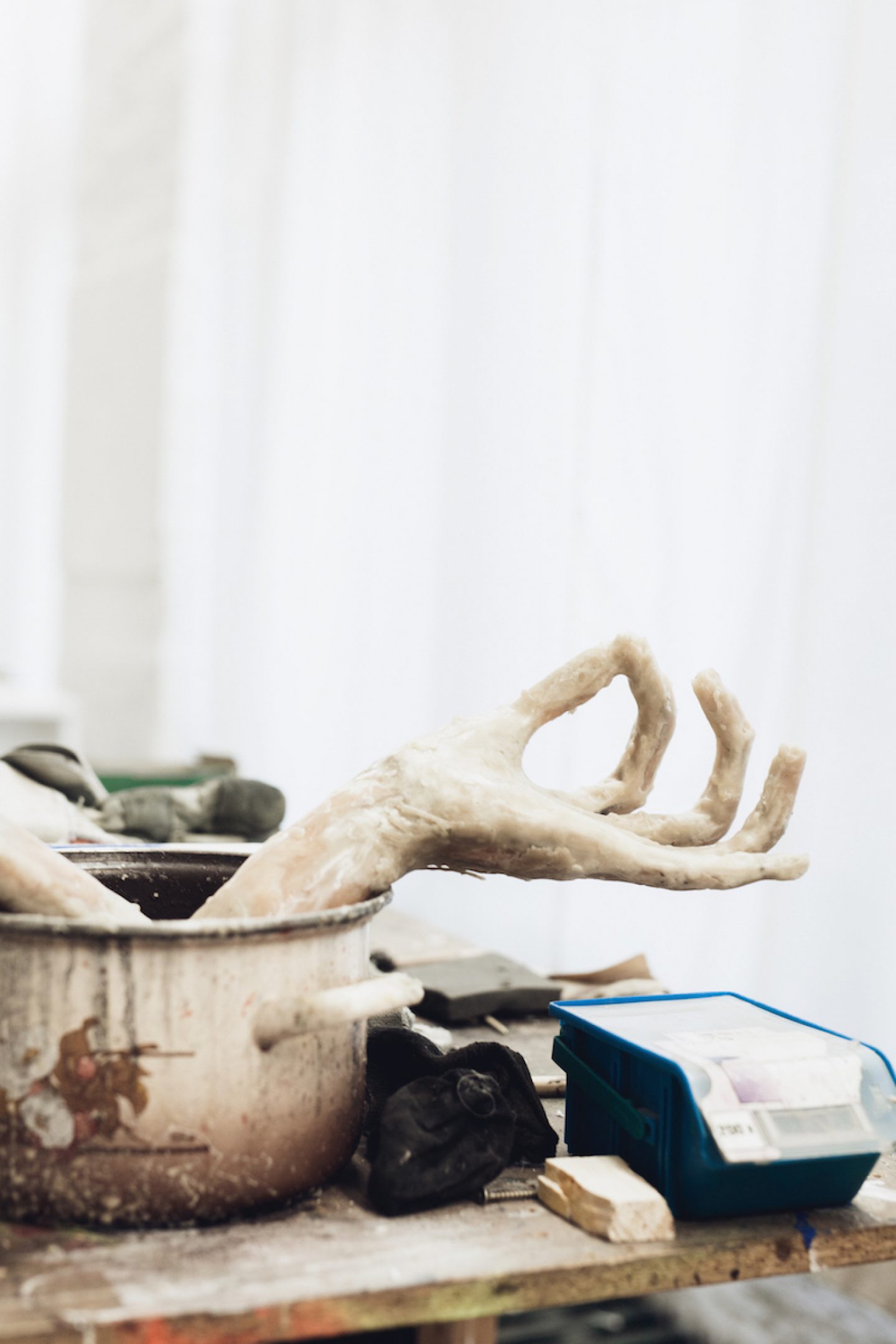
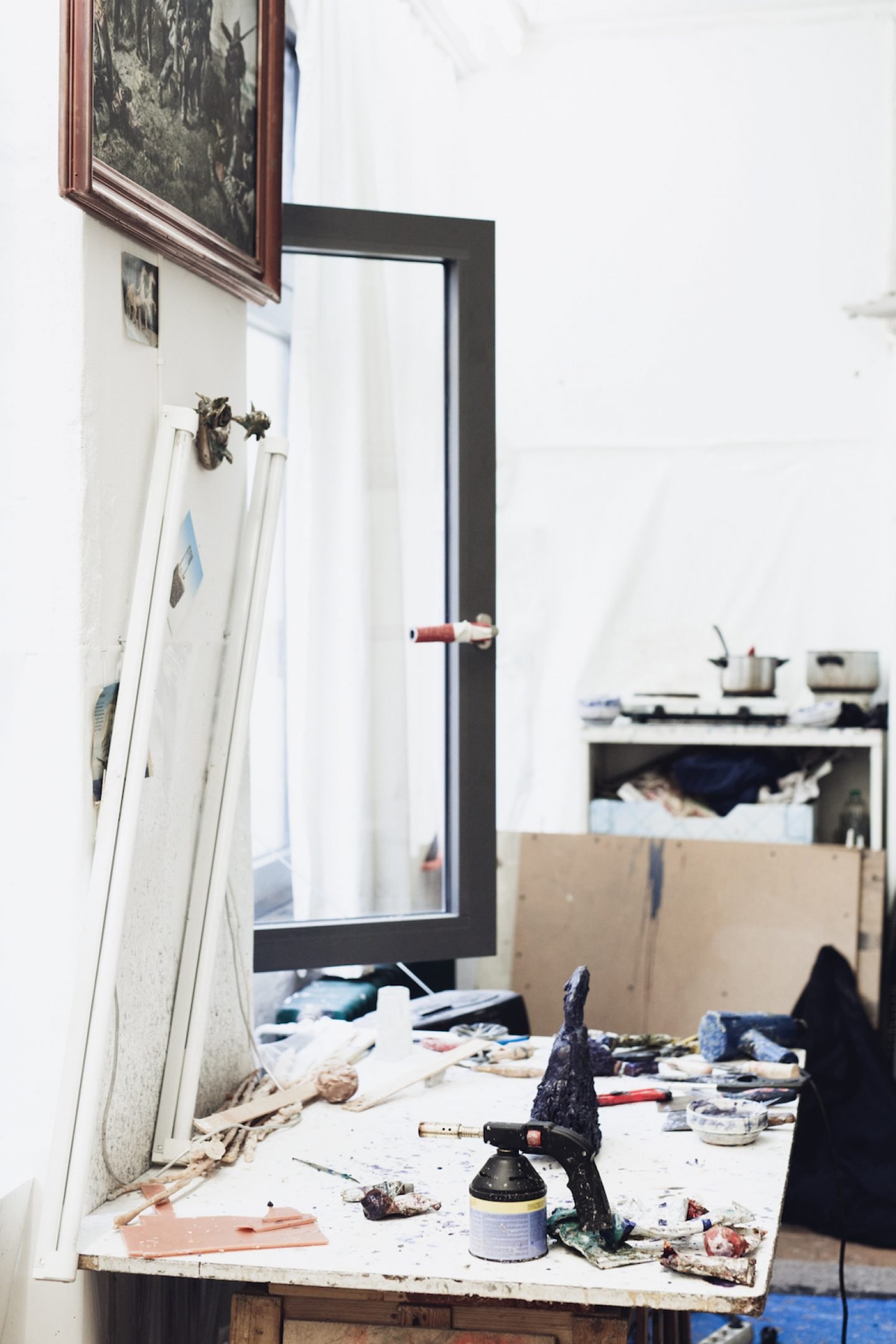
From where do you draw your inspiration?“My idea for the ships comes from the fact that I’m a huge fan of the Antarctica.”
In my work, it’s all about status symbols. For example, this lion sculpture we have here is a symbol of power. But a handbag can equally represent status. Warships also had an essential function as conquest ships and symbolize power.
My idea for the ships comes from the fact that I’m a huge fan of the Antarctica. I’ve read a lot of stories about the exploration of the Antarctica, for example, about the Imperial Trans-Antarctic Expedition by Ernest Shackleton, which I find really exciting. Like when the ship freezes and is eventually crushed and then blows itself up, and how people then tried to survive. I thought that was kind of exciting, so the ship is a symbol of protection, but at the same time, you’re totally dependent on it. It’s incredibly existential, but I have not yet been on a sailing ship myself. I created the artworks in 2009, long before the film ‘Pirates of the Caribbean’. [laughs] There was then an exhibition at Kwadrat Berlin, run by Martin Kwade, the brother of Alicja Kwade, for which I displayed three of the ships, around which smoke came swirling up, covering the whole floor.
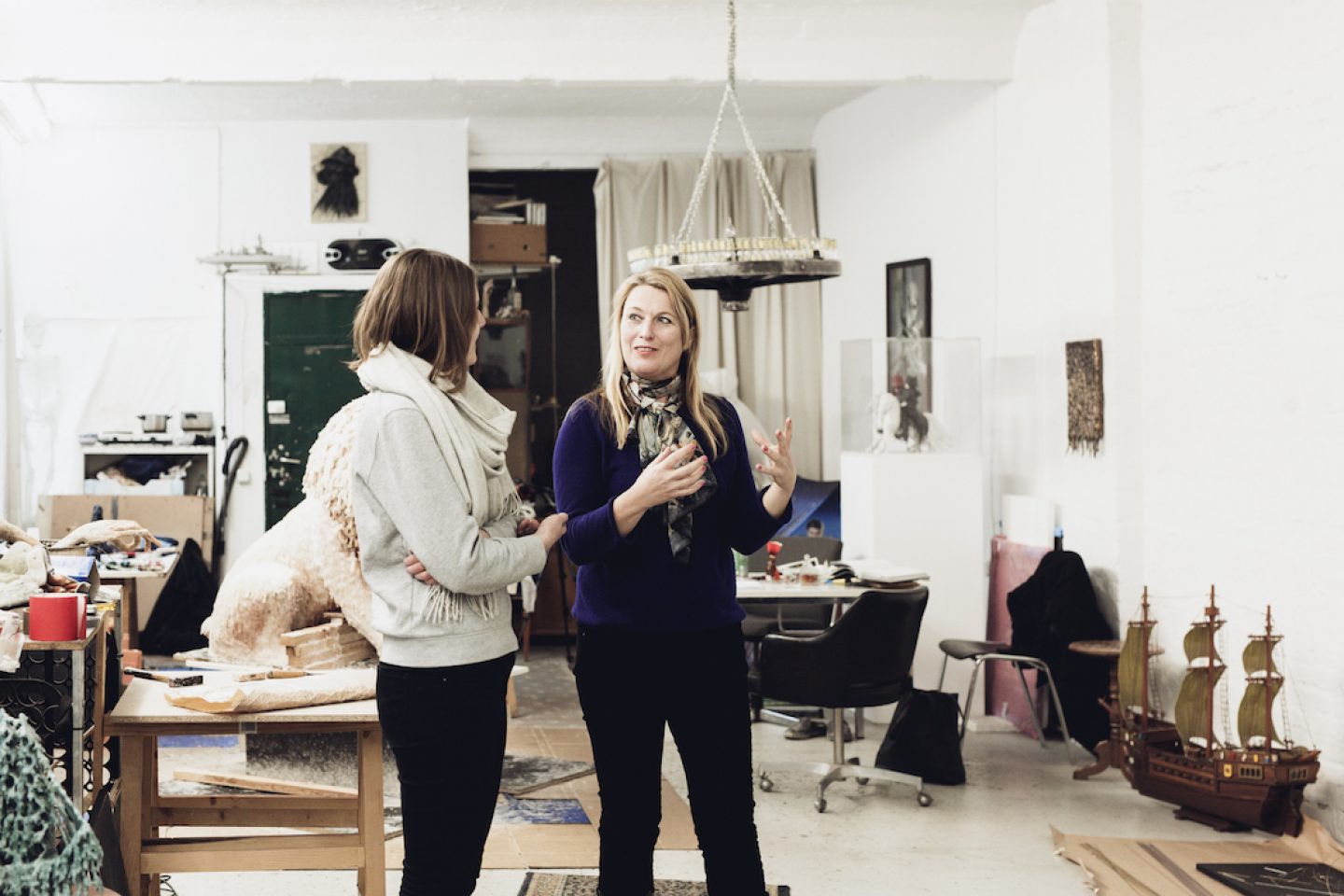
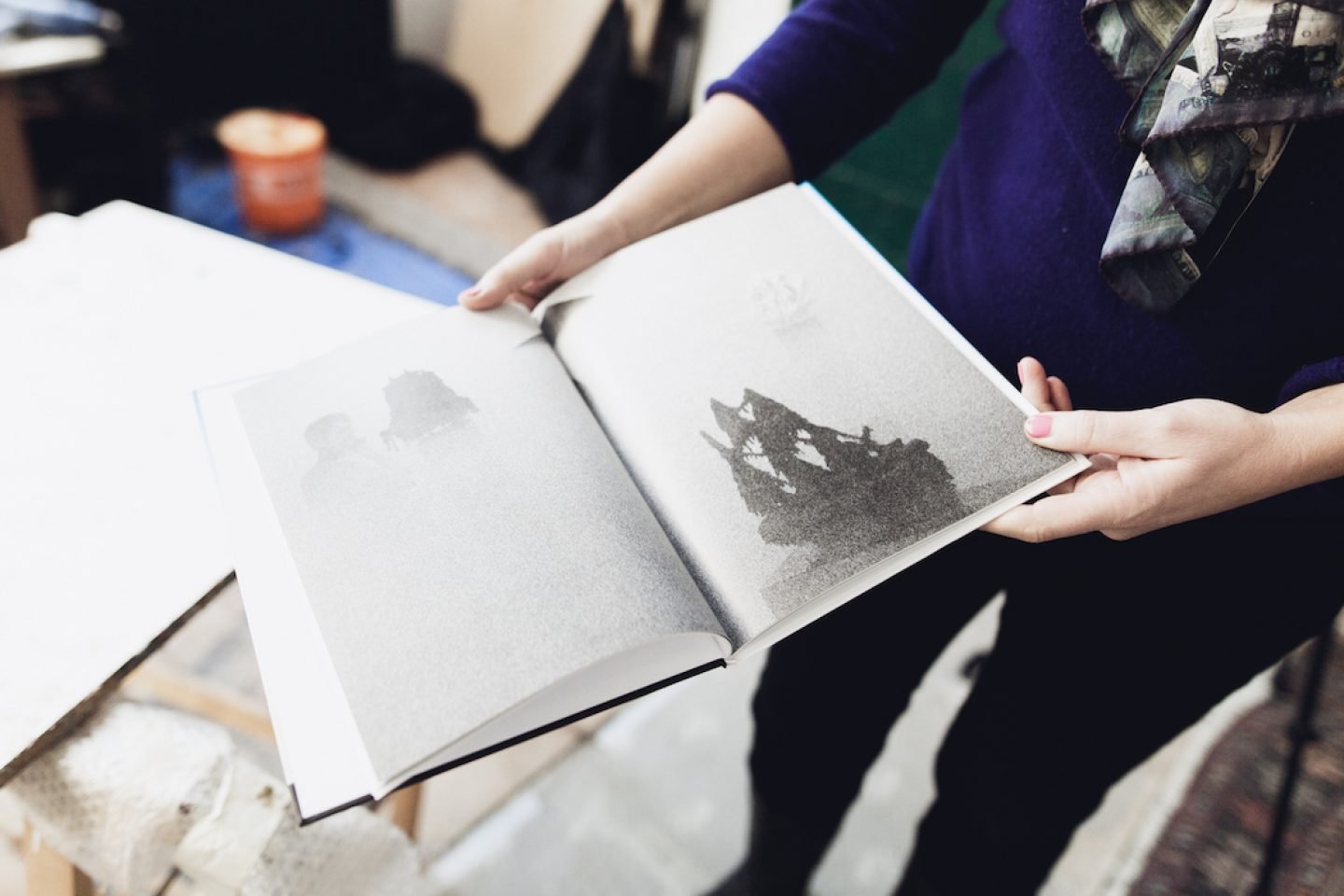
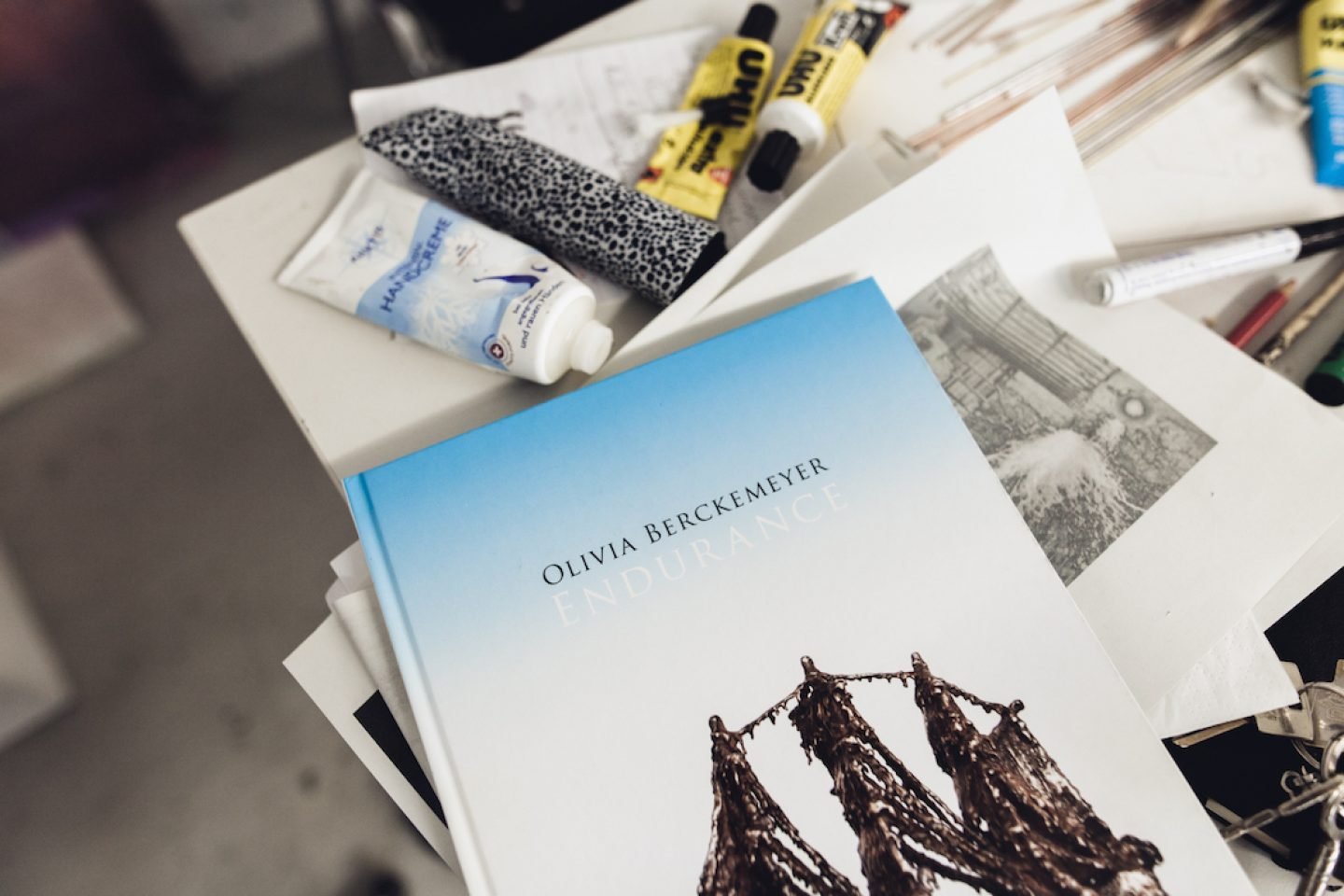
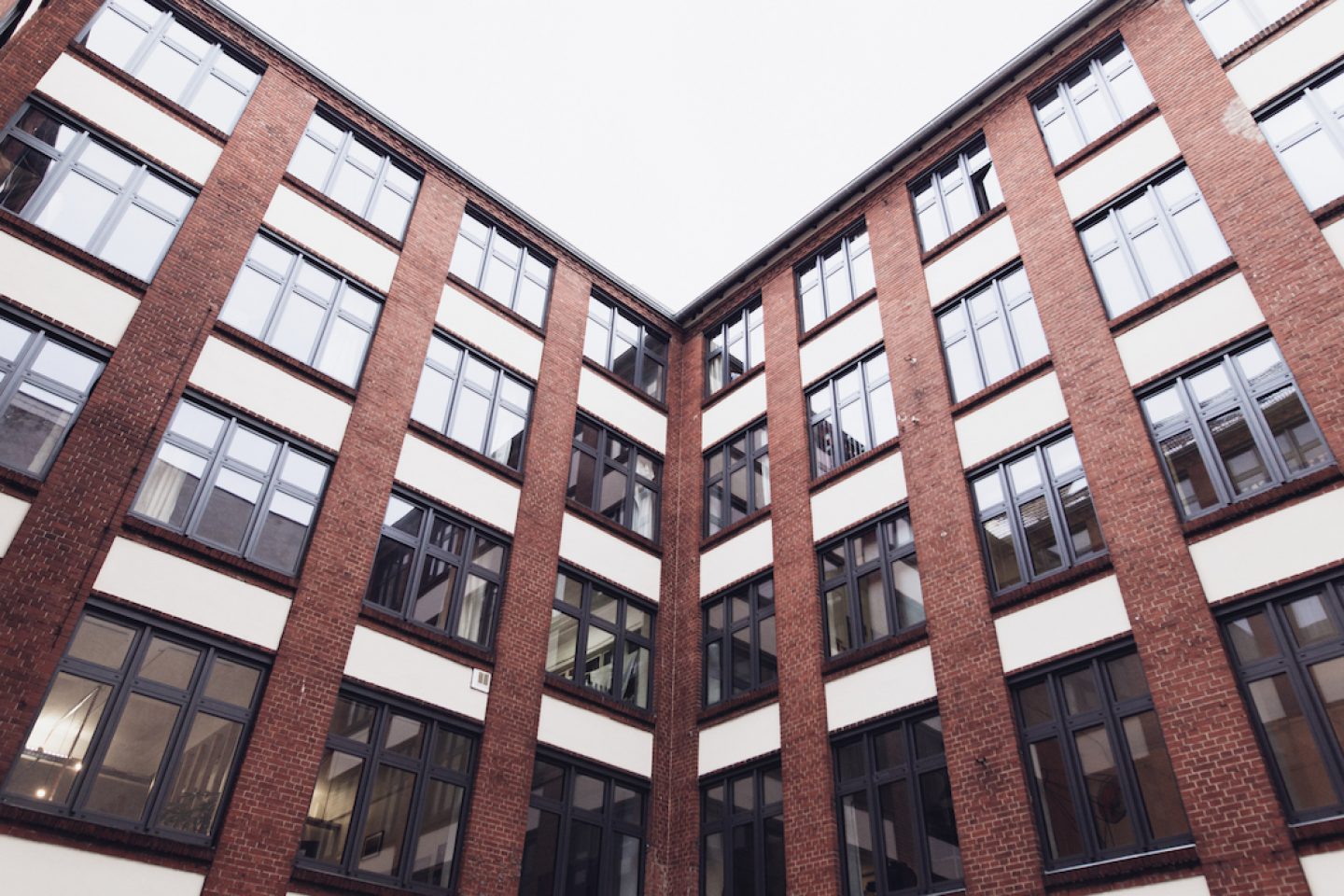
The interview was edited and condensed · Photography by Ana Santl
